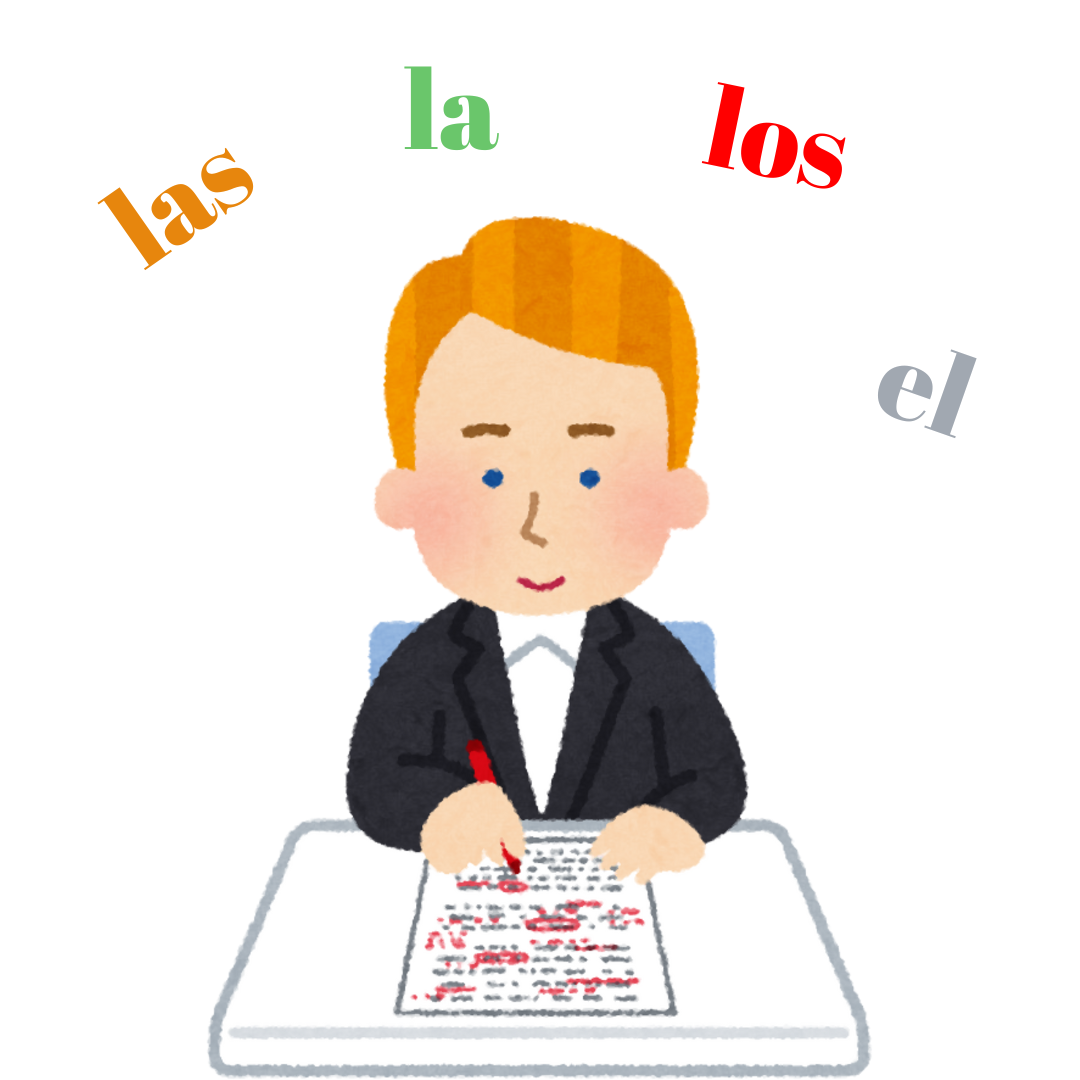Varieties of the Spanish Language
ately, I've become a language geek. While I speak only four languages to varying degrees of proficiency, I have knowledge of the characteristics of many more languages, even if I don't speak them, out of curiosity more than anything else. There's one topic I really enjoy, which is the varieties of languages, something that exists primarily in multicentred languages. So, as an English learner since childhood, I enjoy listening to content in "British" English, if you allow me to generalize, American, Australian, etc., to compare them and see to what extent I understand them effortlessly. Another thing I really enjoy is trying to learn words or a bit of the phonetics of different dialects of German. In this case, it's different because German dialects are genuine dialects and are not necessarily mutually intelligible, not even for native German speakers, let alone for a learner of High German or Hochdeutsch, that is, standard German, which is the only variety I understand. Why am I telling you this? Because naturally, one of the most common questions from Spanish learners is about the varieties of the language, and something that drives my attention here is the distinction between "Spanish from Spain" and "Spanish from Latin America". I have two pieces of news: one good and one bad.
“…something that drives my attention here is the distinction between ‘Spanish from Spain’ and ‘Spanish from Latin America’.”
I’ll start with the bad news. This division between Spanish from Spain and Spanish from Latin America is too much of a simplification. In this article, we will look at one of the many classifications of Spanish language varieties in which 8 are described, with 3 of them in Spain and the rest in Latin America. While this is a classification I actually like, and that’s why I chose it, it remains, in my humble opinion, quite simple because in reality, there are more regional variants. Many more. Now, the good news: it doesn’t matter which variety of the language a speaker masters. They are all mutually intelligible. And I don’t say this just to say it. Personally, I’ve had the fortune of speaking with people from all Spanish-speaking countries except Equatorial Guinea, and communication flows perfectly. And, for clarification, I’ve never spoken with anyone from Equatorial Guinea, but I do follow a girl from that country on YouTube who has her channel in Spanish, and I understand everything she says. Why does this happen? Spanish language varieties are mainly characterized by phonological and lexical differences. The phonological differences, which make speakers of different varieties sound different when speaking, do not hinder communication between native speakers at all, although they can pose a challenge for language learners with low proficiency. But challenges are meant to be overcome, right? Lexical differences, which do exist and can lead to confusion even among native speakers, are also not a big problem because, for historical reasons, the common lexical base among all varieties is large enough for communication to be possible without issues. All native speakers also know that expressions specific to their variety should be avoided when talking to someone who speaks a different variant, although sometimes funny misunderstandings occur.
The Spanish-speaking World and Spanish Language Varieties.
Although there are native speakers in many more countries, Spanish is the official language of 21 countries, namely Mexico, Colombia, Spain, Argentina, Peru, Venezuela, Chile, Guatemala, Ecuador, Cuba, Bolivia, the Dominican Republic, Honduras, El Salvador, Paraguay, Nicaragua, Costa Rica, Panama, Puerto Rico, Uruguay, and Equatorial Guinea. Based on different characteristics of the language varieties spoken in these countries, I want to share the classification by Moreno Fernández and Otero Roth (2016), which distinguishes 8 varieties of the language. My interest here is just to list them so they can serve as a guide for those who are learning the language, for example, with the intention of making contact with speakers of a particular variety. Describing the characteristics of each of them will be material for a new article for each variety, although this enumeration can serve as a guide for a more precise search for information about the variety of interest. Thus, these linguists describe the following varieties: Castilian, Andalusian, and Canary Islands varieties in Spain, and Mexican-Central American, Caribbean, Andean, Rioplatense, and Chilean varieties in Latin America. This classification excludes Equatorial Guinea. In my opinion, the Spanish spoken there is closer to the Castilian variety of Spanish from Spain.
Spanish is the official language of 21 countries, namely Mexico, Colombia, Spain, Argentina, Peru, Venezuela, Chile, Guatemala, Ecuador, Cuba, Bolivia, the Dominican Republic, Honduras, El Salvador, Paraguay, Nicaragua, Costa Rica, Panama, Puerto Rico, Uruguay, and Equatorial Guinea.
I repeat what I said before: although the Spanish language is multicentric and therefore has many varieties for geographical, historical, and linguistic reasons, they are mutually intelligible. This means that if you master one variant, you can understand them all. Because of the large common lexical base of the different language varieties and because phonological variants do not make communication impossible. This can indeed pose a challenge for foreign language learners, but it also has advantages. Mastering a language like Spanish leads us to connect with a very wide range of cultures, as it is a language present in three continents as an official language, with native speaker populations in many more countries. Enjoy learning! And for inquiries or questions, don’t hesitate to contact me.
Bibliography.
1.
Moreno Fernández, Francisco y Otero Roth, Jaime.
Atlas de la lengua española en el mundo.
2007, Editorial Ariel, España.






Leave a Reply